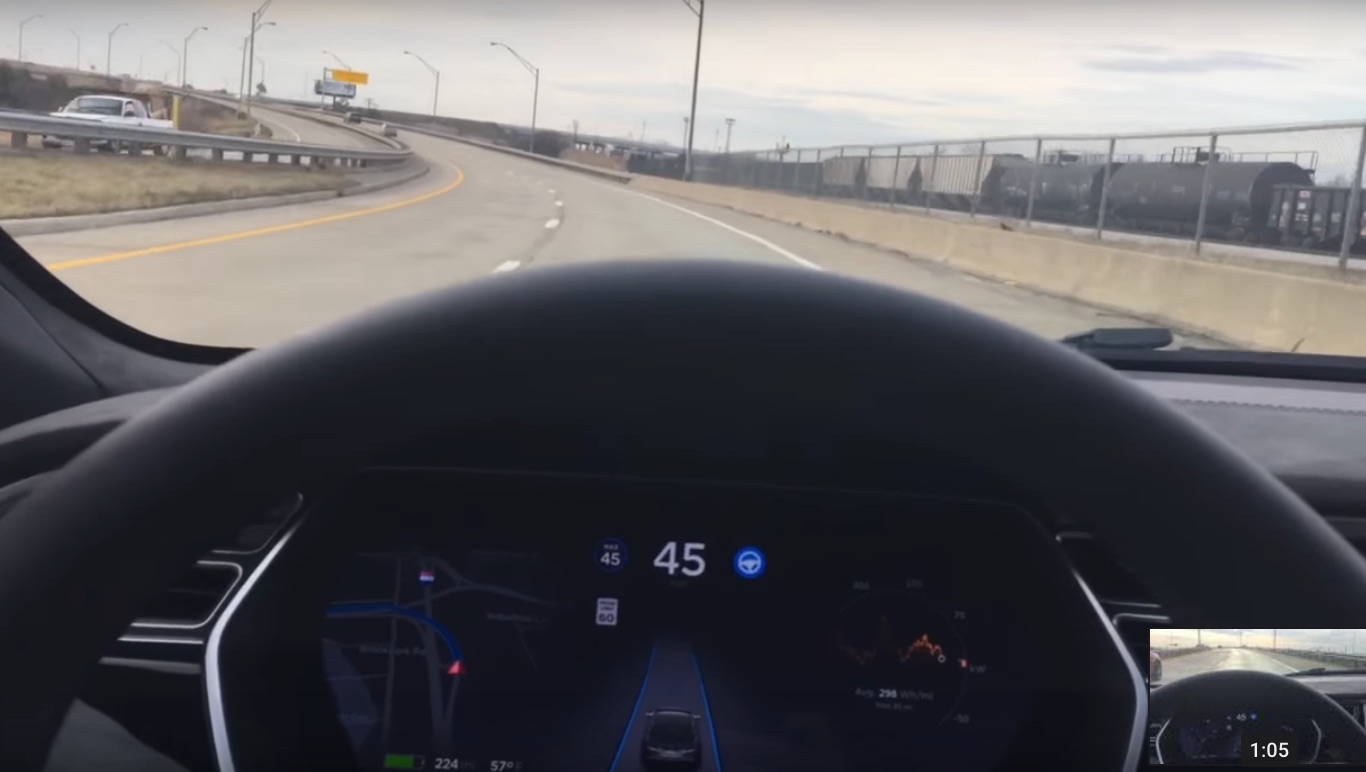
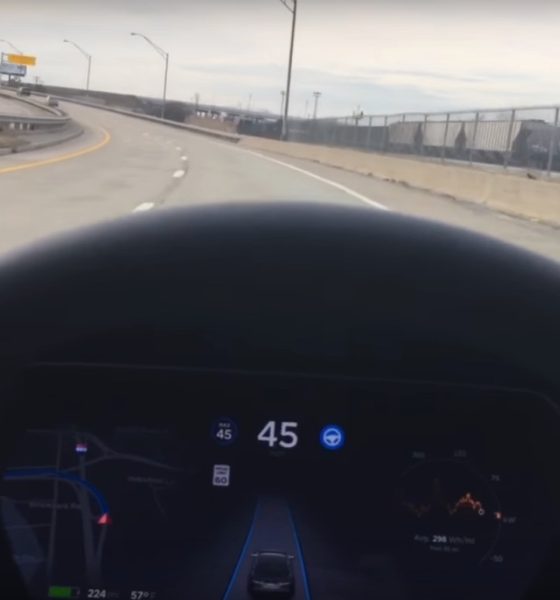
News
Tesla fires back at new class-action suit that alleges “inoperative standard safety features” on Autopilot 2.0 cars
Tesla has been transparent about its Enhanced Autopilot software which the company said would roll out incrementally over time, but that hasn’t stopped HBSS Law firm from filing a new class-action suit today, alleging that Tesla deceitfully sold “inoperative Standard Safety Features” on cars that “lack basic functions featured in cars at half the price”. In question is, what the suit describes as, “nonfunctional” Autopilot 2.0 software, an optional feature available on Model S and Model X vehicles equipped with self-driving hardware.
Tesla responded to the suit, slamming the credibility of the claims being made, stating:
“This lawsuit is a disingenuous attempt to secure attorney’s fees posing as a legitimate legal action, which is evidenced by the fact that the suit misrepresents many facts. Many of the features this suit claims are “unavailable” are in fact available, with more updates coming every month. We have always been transparent about the fact that Enhanced Autopilot software is a product that would roll out incrementally over time, and that features would continue to be introduced as validation is completed, subject to regulatory approval.
Furthermore, we have never claimed our vehicles already have functional “full self-driving capability”, as our website has stated in plain English for all potential customers that “it is not possible to know exactly when each element of the functionality described above will be available, as this is highly dependent on local regulatory approval.” The inaccurate and sensationalistic view of our technology put forth by this group is exactly the kind of misinformation that threatens to harm consumer safety.”
The new class-action suit alleges that the California electric car maker knowingly sold nearly 50,000 vehicles equipped with self-driving Autopilot 2.0 hardware and the promise that Enhanced Autopilot hardware “still has not met Tesla’s promises” and was missing standard safety features.
The suit specifically takes issue with the Enhanced Autopilot feature of Tesla vehicles noting that, “the “Enhanced Autopilot,” for which customers paid an extra $5,000, is ‘essentially unusable and demonstrably dangerous.’”
The Tesla purchase page for the Model S “Tesla’s Enhanced Autopilot software has begun rolling out and features will continue to be introduced as validation is completed, subject to regulatory approval.”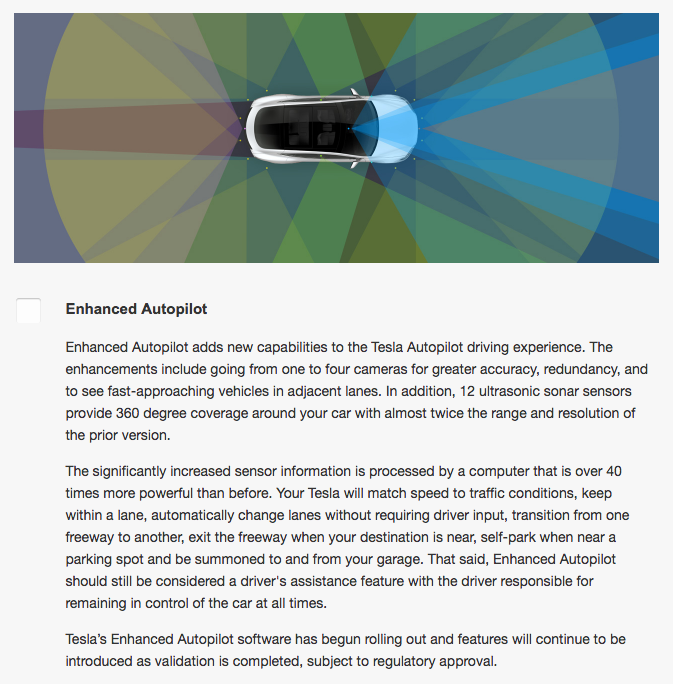
The suit takes issue with the “beta” nature of the Enhanced Autopilot software, alleging that Tesla knew that it could not do what Tesla claimed it would do. It states that “the automaker knew that its software was incapable of upholding its promises to purchasers.”
Steve Berman a managing partner of Hagens Berman which represents the plaintiffs, shared:
“Tesla has endangered the lives of tens of thousands of Tesla owners across the country, and induced them to pay many thousands of dollars for a product that Tesla has not effectively designed. Tesla sold these vehicles as the safest sedan on the road. What consumers received were cars without standard safety enhancements featured by cars costing less than half the price of a new Tesla, and a purported ‘Enhanced Autopilot’ that operates in an erratic and dangerous manner.”
The suit compares the safety features available in Tesla vehicles to those available on “cars costing less than half the price of a new Tesla.” Tesla’s over-the-air update of firmware 8.1 aimed to bring Enhanced Autopilot to near feature parity with Model S and Model X vehicles equipped with first generation Autopilot 1.0. Here’s an excerpt from our coverage of firmware version 8.1, when it was first introduced:
Vehicles equipped with Tesla’s Autopilot 2.0 feature and self-driving sensors, also commonly referred to as “hardware 2” (HW2), will see improvements to Autosteer, lifting a previous speed cap set at 55 mph (88 mkh) to 80 mph (129 kmh). The update also adds the Auto Lane Change feature and Tesla Summon, which until now was only available on first-generation Autopilot cars. Tesla’s Lane Departure Warning feature has also been added to Autopilot 2.0 which will vibrate the steering wheel if the vehicle veers from its intended driving lane when speeds reach above 36 mph (58 kmh).
Berman doesn’t see it that way, stating that “to this day, Tesla has not released truly functional software for its Standard Safety Features or Enhanced Autopilot.”
The suit lists out the specific issues it takes with the “missing” Standard Safety Features:
“Regarding its Standard Safety Features which include automatic emergency braking, front collision warning, side collision warning and auto high beams, Tesla told consumers these features would be available by December 2016 and ‘roll out through over-the-air software updates,’ but to date, only a dangerously defective Traffic Aware Cruise Control has actually come to fruition, according to the suit. The remaining features simply do not exist.”
In scope of the class-action lawsuit are “about 47,000 affected Model S and Model X vehicles.” The suit seeks the value of the standard safety features that do not exist in these cars plus $5,000 for the “nonfunctional Enhanced Autopilot feature” that many owners purchased as an option to their vehicle.

News
Tesla Semi factory looks almost complete during Thanksgiving weekend
Based on recent drone videos, the Tesla Semi factory looks practically ready to start operations.
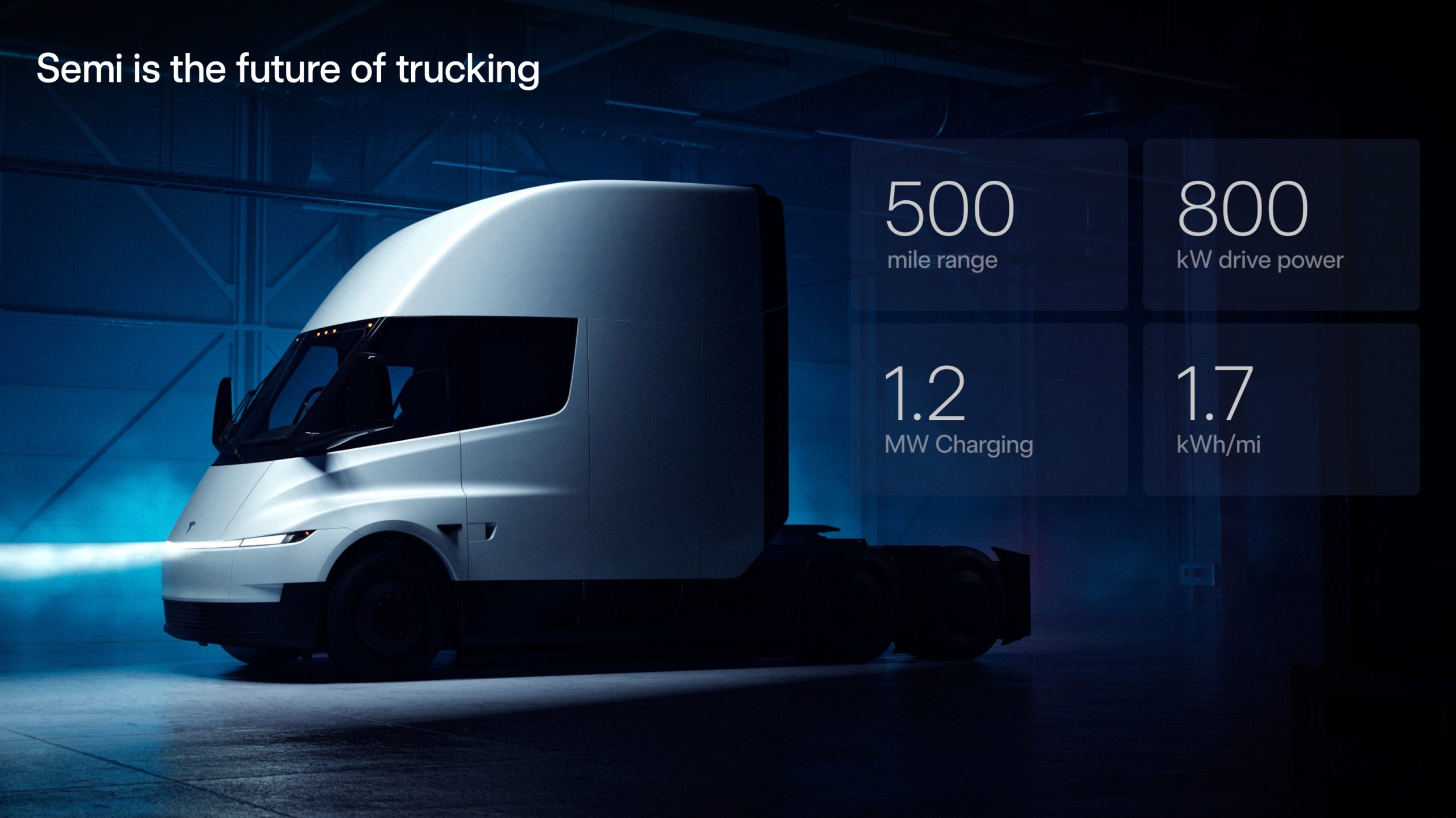
It appears that the Tesla Semi factory near Giga Nevada is already hard at work preparing for the initial production of the Class 8 all-electric truck. This was, at least, hinted at in a recent drone flyover of the facility from a longtime watcher.
The Tesla Semi factory after Thanksgiving
Drone operator and Tesla Semi advocate @HinrichsZane recently shared some footage he captured of the upcoming facility during the Thanksgiving weekend. Based on his video, it appears that Tesla gave its employees in the area the weekend off. One thing is evident from the video, however, and that is the fact that the Tesla Semi factory looks practically ready to start operations.
The Tesla Semi watcher did point out that the electric vehicle maker is still busy bringing in production equipment into the facility itself. Once these are installed, it would not be surprising if initial production of the Tesla Semi begins.
A new Tesla Semi
The upcoming completion of the Tesla Semi factory near Gigafactory Nevada seems all but inevitable in the coming months. What would be especially interesting, however, would be the vehicles that would be produced on the site. During Elon Musk’s presentation at the 2025 Annual Shareholder Meeting, a glimpse of the production Tesla Semi was shown, and it looks quite a bit different than the Class 8 all-electric truck’s classic appearance.
As could be seen in the graphic from the CEO’s presentation, the updated Tesla Semi will feature slim lightbar headlights similar to the new Tesla Model Y, Cybertruck, and the Cybercab. Tesla also teased a number of aerodynamic improvements that increased the truck’s efficiency to 1.7 kWh per mile. Extended camera units, seemingly for FSD, could also be seen in the graphic.
News
Tesla scores major hire as Apple scientist moves to Optimus team
Chen, who advanced from individual contributor to technical lead during his time at Apple, noted that he was blown away by Tesla’s efforts and synergy.
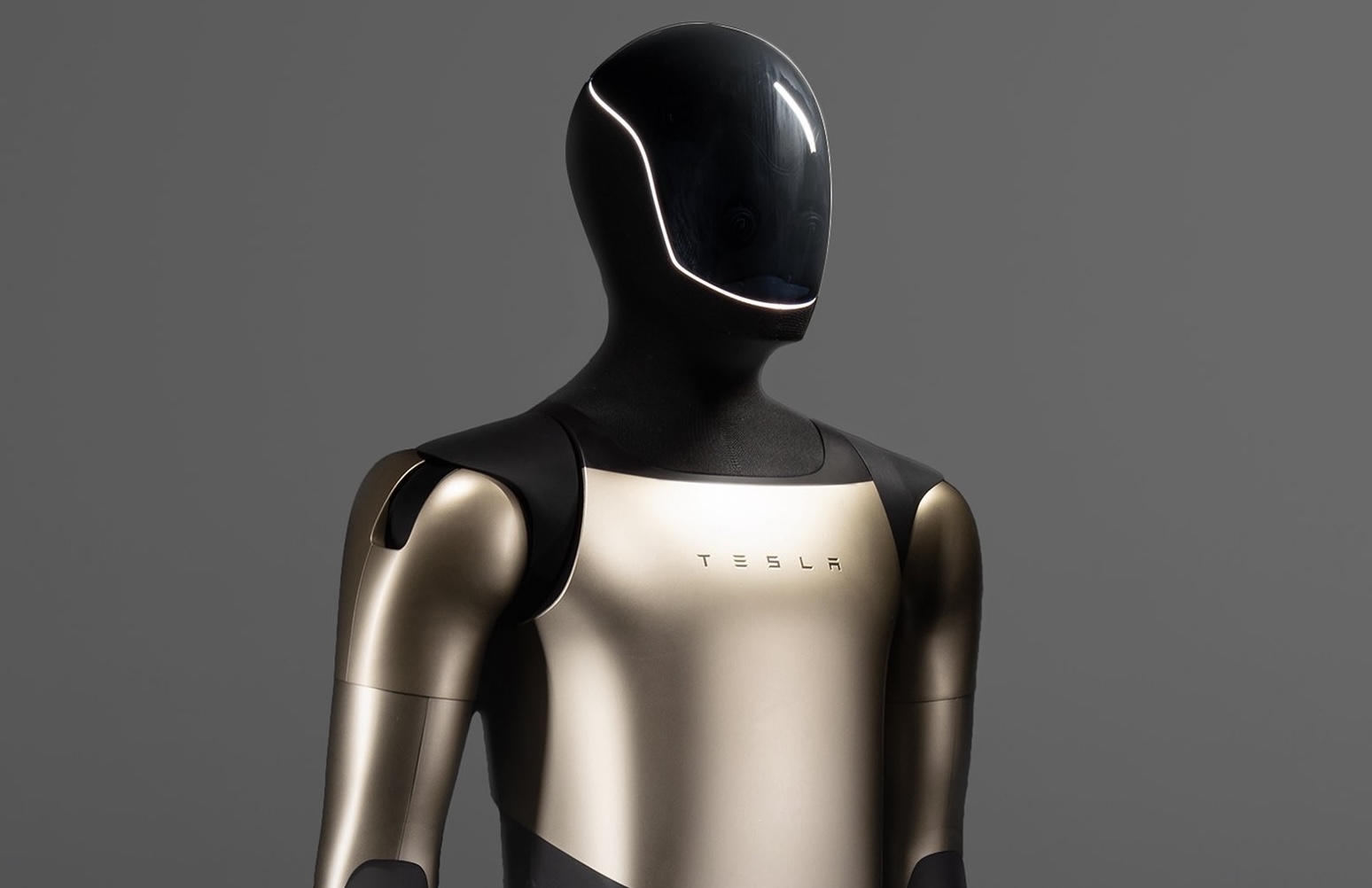
Former Apple research scientist Yilun Chen has left the tech giant to join Tesla’s Optimus AI team. Chen, who advanced from individual contributor to technical lead during his time at Apple, noted that he was blown away by Tesla’s efforts and synergy.
Apple veteran closes a major chapter
In a farewell note, Yilun Chen reflected on his tenure at Apple as a period defined by rapid growth and exposure to notable internal projects, some of which remain unreleased. His roles spanned engineering, research, early product incubation, and hands-on prototyping, allowing him to build expertise across both mature and emerging teams.
Chen credited mentors, colleagues, and cross-functional collaborators for shaping his trajectory, calling the experience unforgettable and emphasizing how each team taught him different lessons about scaling technology, guiding product vision, and navigating fast-moving research environments. “Each role has offered me invaluable unique lessons… My deepest gratitude goes to my colleagues, mentors and friends,” he wrote.
Tesla’s Optimus lab secured the hire
Chen said the move to Tesla was driven by the momentum surrounding Optimus, a humanoid robot powered by LLM-driven reasoning and Physical AI. After visiting Tesla’s Optimus lab, he admitted that he was “totally blown away by the scale and sophistication of the Optimus lab and deep dedication of people when I got to visit the office.”
His first week at Tesla, he noted, involved spontaneous deep-tech discussions, a flat team structure, rapid prototyping cycles, and what he called a “crazy ideas with super-fast iterations” culture. Chen emphasized that the team’s ambition, as well as its belief that humanoid robots are now within reach, creates an energy level that feels aimed at changing the world.
“You can feel the energy to change the world here,” he wrote in a post on social media.
Elon Musk
Elon Musk gives nod to SpaceX’s massive, previously impossible feat
It was the booster’s 30th flight, a scenario that seemed impossible before SpaceX became a dominant force in spaceflight.
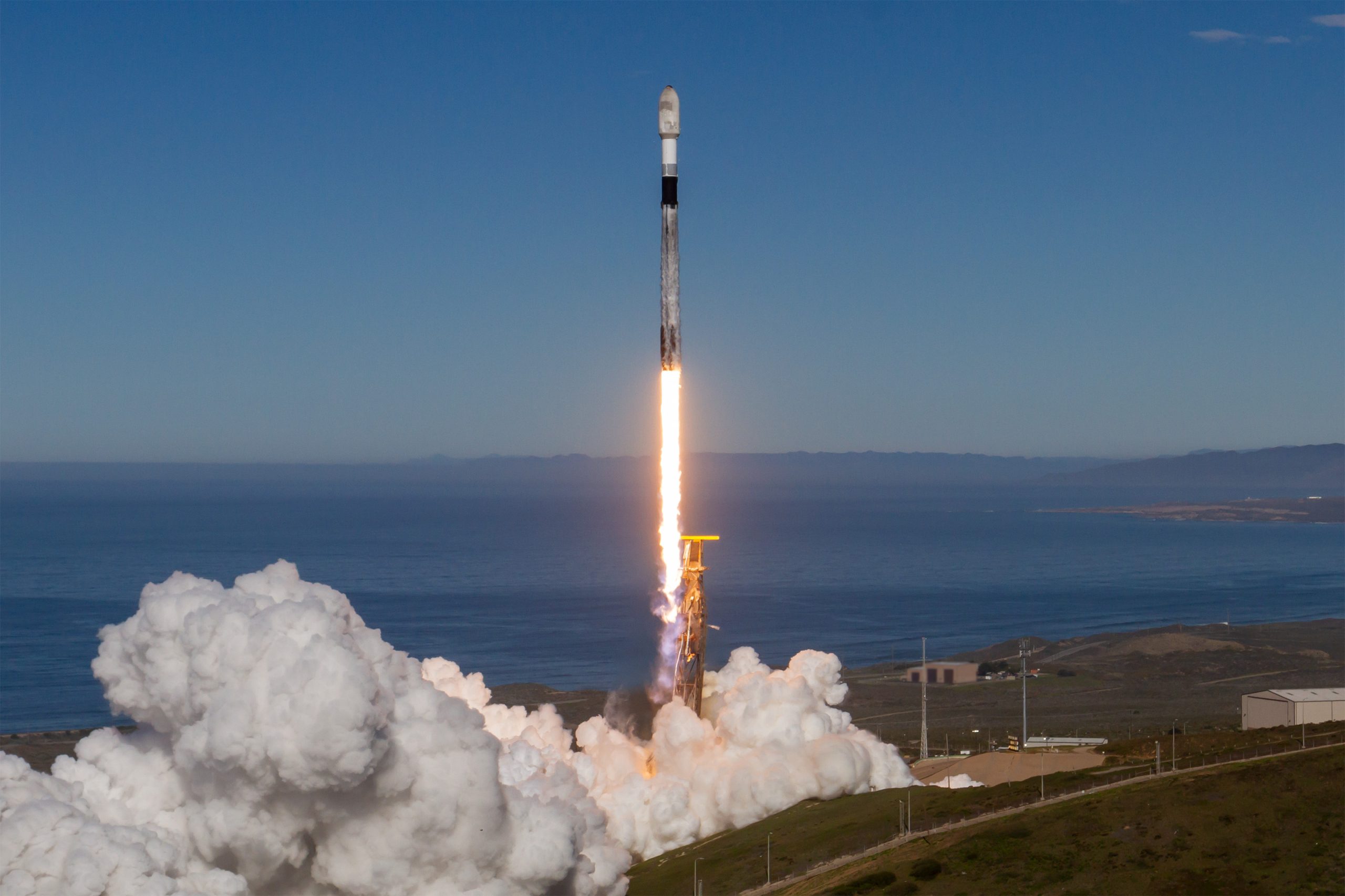
Elon Musk gave a nod to one of SpaceX’s most underrated feats today. Following the successful launch of the Transporter-15 mission, SpaceX seamlessly landed another Falcon 9 booster on a droneship in the middle of the ocean.
It was the booster’s 30th flight, a scenario that seemed impossible before SpaceX became a dominant force in spaceflight.
Elon Musk celebrates a veteran Falcon 9 booster’s feat
SpaceX completed another major milestone for its Smallsat Rideshare program on Friday, successfully launching and deploying 140 spacecraft aboard a Falcon 9 from Vandenberg Space Force Base. The mission, known as Transporter-15, lifted off two days later than planned after a scrub attributed to a ground systems issue, according to SpaceFlight Now. SpaceX confirmed that all payloads designed to separate from the rocket were deployed as planned.
The Falcon 9 used for this flight was booster B1071, one of SpaceX’s most heavily flown rockets. With its 30th mission completed, it becomes the second booster in SpaceX’s fleet to reach that milestone. B1071’s manifest includes five National Reconnaissance Office missions, NASA’s SWOT satellite, and several previous rideshare deployments, among others. Elon Musk celebrated the milestone on X, writing “30 flights of the same rocket!” in his post.
Skeptics once dismissed reusability as unfeasible
While rocket landings are routine for SpaceX today, that was not always the case. Industry veterans previously questioned whether reusable rockets could ever achieve meaningful cost savings or operational reliability, often citing the Space Shuttle’s partial reusability as evidence of failure.
In 2016, Orbital ATK’s Ben Goldberg argued during a panel that even if rockets could be reusable, they do not make a lot of sense. He took issue with Elon Musk’s claims at the time, Ars Technica reported, particularly when the SpaceX founder stated that fuel costs account for just a fraction of launch costs.
Goldberg noted that at most, studies showed only a 30% cost reduction for low-Earth orbit missions by using a reusable rocket. “You’re not going to get 100-fold. These numbers aren’t going to change by an order of magnitude. They’re just not. That’s the state of where we are today,” he said.
Former NASA official Dan Dumbacher, who oversaw the Space Launch System, expressed similar doubts in 2014, implying that if NASA couldn’t make full reusability viable, private firms like SpaceX faced steep odds.









